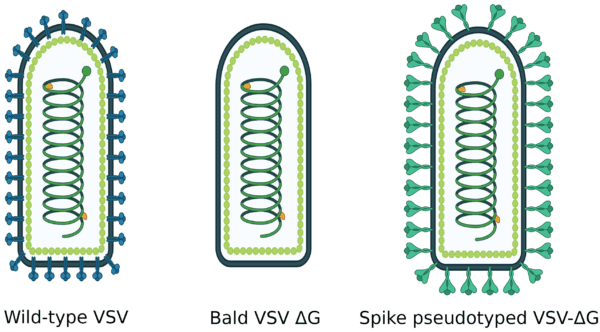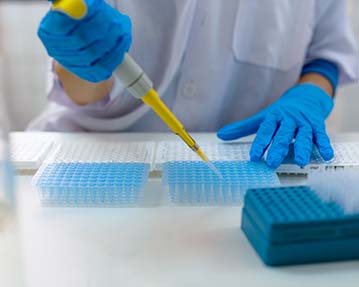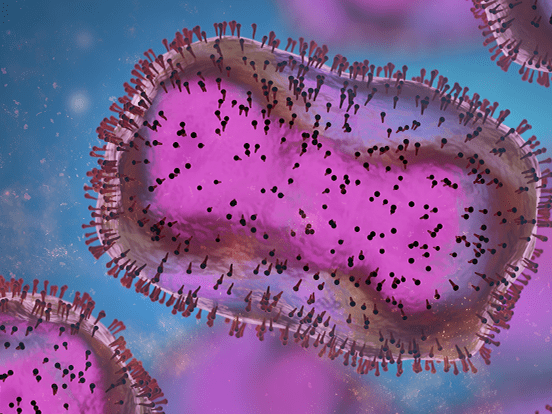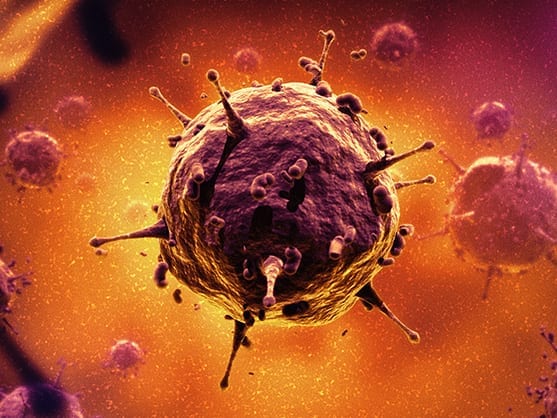Our Services
What are recombinant VSV vectors?
Recombinant vesicular stomatitis virus (VSV) vectors are widely used for a variety of applications including studying mechanisms of viral entry into host cells, identification of cellular receptors utilized by viruses for cell entry, screening of viral entry inhibitors, and vaccine development research. VSV vectors can be efficiently pseudotyped with envelope glycoproteins derived from heterologous viruses, such as envelope proteins of viruses requiring high-level containment, thereby making them highly suitable for studying the entry mechanisms of such high-risk viruses

Types of VSV offered
-
-
-
-
- VSV pseudotyped with VSV G protein
- VSV pseudotyped with coronavirus S protein and its variants
- VSV pseudotyped with any other envelope proteins as requested
- Bald VSV lacking viral envelope protein (can be used as negative control)
-
-
-
VSV production and quality control (QC)
For VSV packaging (Figure 1), the VSV-delta G plasmid lacking the glycoprotein G gene and carrying the gene of interest (GOI) is transfected along with four helper plasmids expressing the VSV N, P, G and L proteins into cells infected with recombinant vaccinia virus which expresses bacteriophage T7 RNA polymerase. Supernatant collected from these cells is then applied to a new dish of cells transfected with a plasmid expressing VSV G protein to generate and amplify G-complemented VSV stocks. VSV pseudotypes are then generated by infecting cells that have been transiently transfected with a plasmid expressing a heterologous viral envelop protein with the G-complemented VSV. For ultra-purified VSV (in vivo grade), viral particles are further purified by sucrose density gradient centrifugation and concentrated. We use plaque assay to measure VSV titer.

Frequently Asked Questions
We use plaque assay for measuring VSV titer. Briefly, a monolayer of viral permissive cells is infected at a low dilution so that only a few cells get infected and overlayed with agarose to limit the spread of virus. Each infected cell lyses and infects the adjacent cells in turn, ultimately forming a group of infected cells known as a plaque. Since each plaque represents a single virus, the titer of a viral stock can be determined by counting the number of plaques obtained from varying dilutions of that stock.
Our recombinant VSV vectors are deficient in replication due to deletion of the envelop glycoprotein G gene. The envelop proteins of heterologous viruses, including viruses requiring high-level containment can be supplied in trans for producing VSV pseudotypes. Since VSV pseudotypes are unable to undergo more than a single round of replication, they can be safely handled in a regular BSL2 facility. This makes VSV vectors highly suitable for studying cell entry mechanisms of high-risk viruses without the requirement of high-level containment.
Lentivirus, Adenovirus, AAV & VSV Request Form

Let's get started
Complete our service request form and we will contact you to discuss your requirements.


